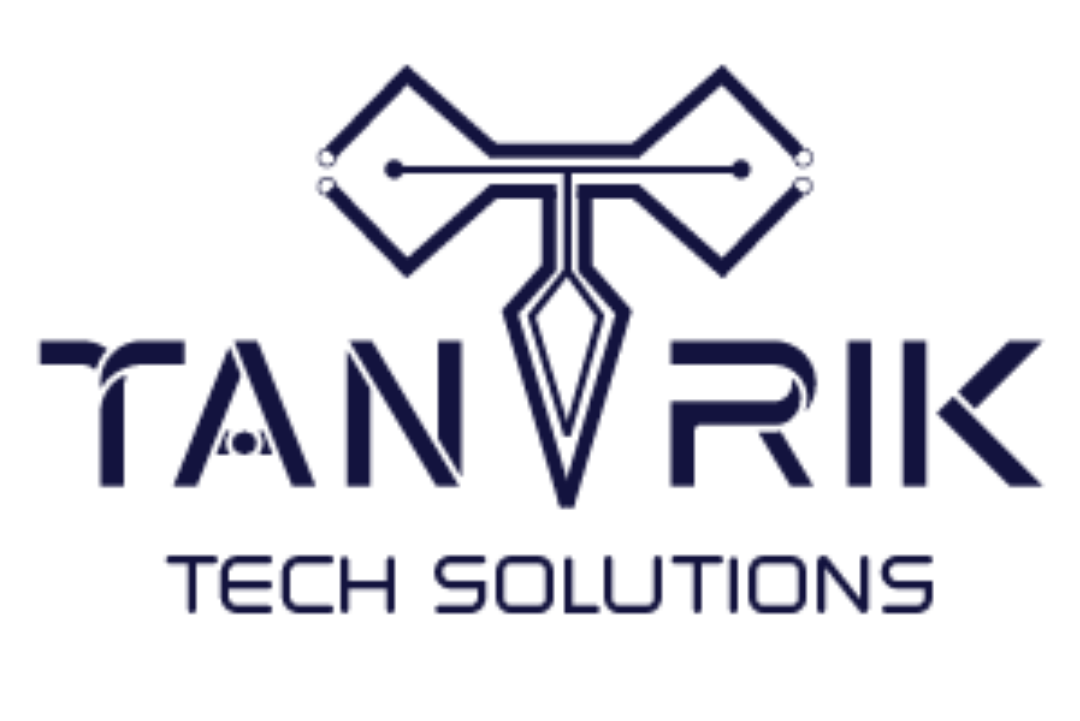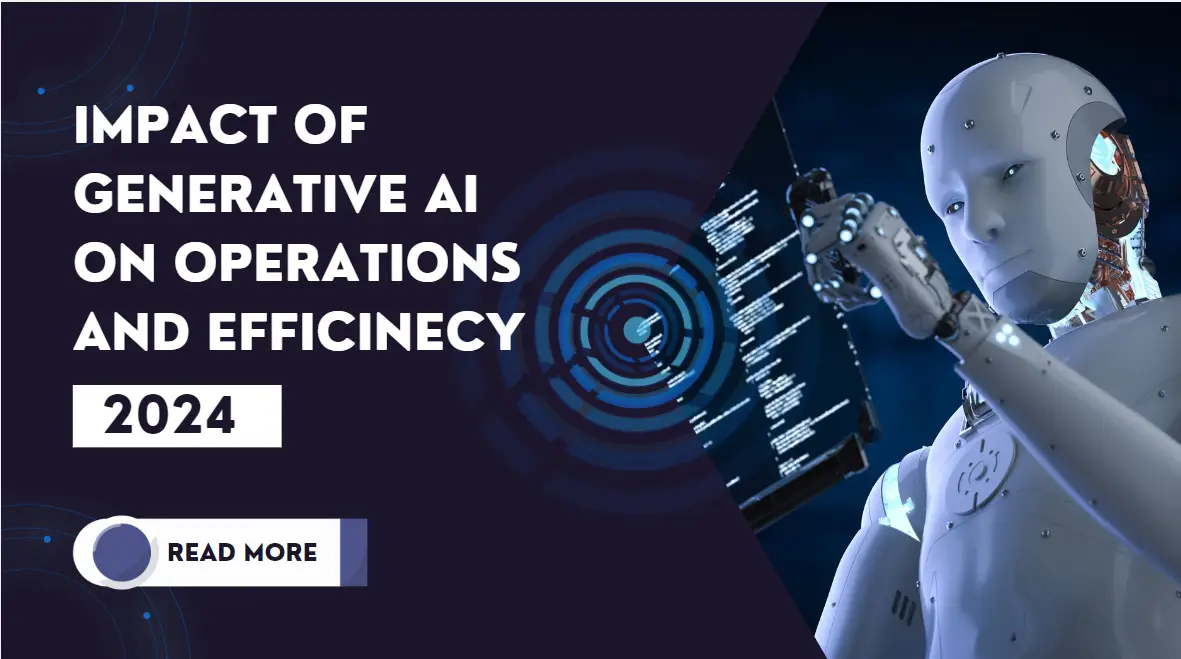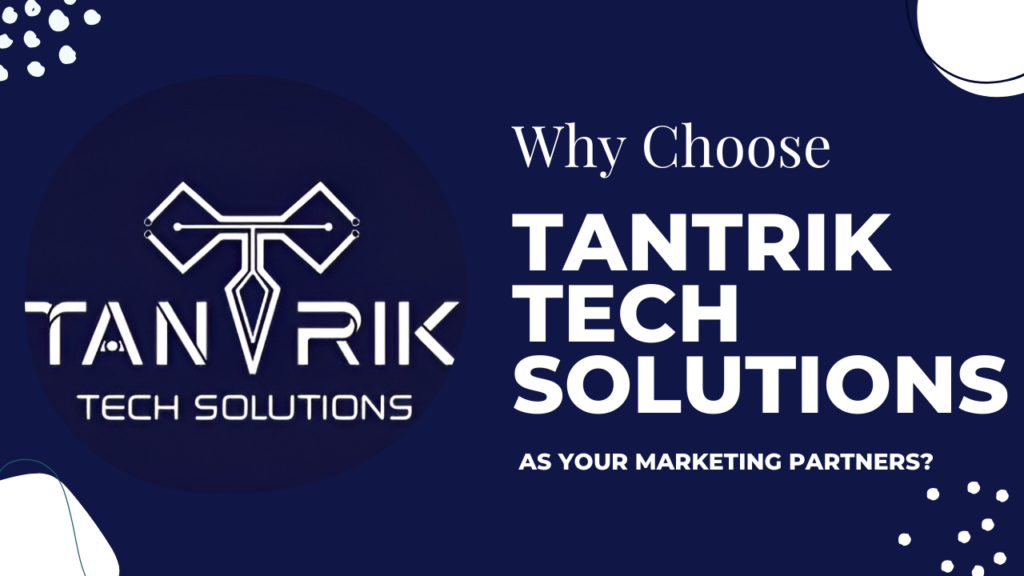Generative AI is transforming industries and reshaping how businesses operate, creating opportunities for organizations to optimize processes, reduce costs, and drive innovation. With its ability to produce content, code, data, and even complex models autonomously, Generative AI is not just a futuristic technology but a practical solution for improving operational efficiency across multiple sectors today.
In this blog, we’ll explore the profound impact of generative AI on business operations and how it drives efficiency in various fields, from manufacturing to marketing, customer service, and beyond.
What is Generative AI?
Generative AI refers to algorithms that can generate new data, content, or solutions based on existing inputs. Unlike traditional AI models that are largely analytical (focused on classifying or predicting based on data), generative AI creates something new. Common examples include tools that generate realistic images, videos, text, software code, and even music.
Key technologies underpinning generative AI include:
- Natural Language Processing (NLP) models like GPT (Generative Pre-trained Transformer), which can generate human-like text.
- Generative Adversarial Networks (GANs), used to generate synthetic images, designs, and other forms of content.
- Deep Learning Models, which are trained on large datasets to understand patterns and produce new, innovative solutions.
Boosting Efficiency with Automation
One of the most notable impacts of generative AI is its ability to automate traditionally manual or labor-intensive processes, freeing up human resources for more strategic tasks. By automating content creation, product design, and even customer service interactions, businesses can dramatically reduce operational bottlenecks and speed up workflows.
Key Automation Areas:
- Content Generation: AI-powered tools can generate product descriptions, social media posts, marketing content, and reports in minutes, significantly reducing the time and effort required by human writers.
- Design and Prototyping: Generative design tools are used in industries like architecture, fashion, and engineering to create multiple design iterations faster than human designers can. AI can also suggest the most efficient design based on predefined goals like cost or material usage.
- Software Development: AI-driven code generators can automate parts of the coding process, reducing errors and speeding up software development cycles.
- Customer Service: AI chatbots and virtual assistants powered by NLP can handle routine customer inquiries, cutting response times and reducing the workload on human agents.
This automation not only saves time but also helps businesses allocate their workforce to higher-value tasks, improving overall productivity.
Enhancing Decision-Making and Strategy
Generative AI can analyze vast amounts of data and generate insights, predictions, and strategies that empower businesses to make data-driven decisions faster. Unlike traditional data analytics, which requires structured input and often manual intervention to produce results, generative AI autonomously generates actionable insights.
How Generative AI Improves Decision-Making:
- Predictive Analytics: By analyzing historical data, generative AI can predict future trends, customer behavior, and market shifts, enabling businesses to be proactive rather than reactive.
- Scenario Modeling: Generative AI tools can simulate multiple business scenarios, helping decision-makers understand the potential outcomes of different strategies and choose the best course of action.
- Risk Management: AI-generated risk models allow organizations to assess potential risks across their operations, helping mitigate issues before they arise.
This capability transforms decision-making, ensuring that choices are backed by data and well-modeled predictions, ultimately improving operational efficiency.
Revolutionizing Product Development and Design
Generative AI is transforming product design and development by introducing new methods of generative design. This approach uses AI to create multiple design variations based on a set of parameters (such as material, size, strength, etc.), allowing designers to choose the most optimized version from AI-generated options.
Applications of Generative AI in Design:
- Manufacturing: In industries like aerospace and automotive, generative AI tools are used to design lighter, stronger, and more efficient components. AI can create structures that are optimized for strength-to-weight ratios, cutting manufacturing costs and improving product performance.
- Architecture: Generative design can automate the creation of building layouts, optimizing for space usage, environmental impact, and cost efficiency.
- Fashion: Fashion brands are leveraging generative AI to create original designs, reducing the time from concept to production.
With generative AI, businesses can streamline the product development cycle, reduce costs, and bring innovative products to market faster.
Personalization and Customer Experience
Generative AI enables businesses to provide hyper-personalized experiences to their customers, which is increasingly crucial in a competitive digital environment. AI-generated content can be tailored to individual preferences, delivering personalized recommendations, marketing messages, and product suggestions in real-time.
How Generative AI Enhances Personalization:
- E-Commerce: AI can generate personalized product recommendations based on a customer’s past behavior, improving conversion rates and customer satisfaction.
- Marketing: Personalized email campaigns, ad copy, and landing pages can be created using generative AI, ensuring that every customer receives messaging that resonates with their unique interests.
- Customer Service: AI-driven chatbots can offer customized support based on a user’s history, making interactions more efficient and user-friendly.
This level of personalization improves customer engagement, loyalty, and retention, all while reducing the manual effort typically required for personalized marketing.
Optimizing Supply Chain and Operations Management
Generative AI also impacts supply chain and operations management by improving forecasting, logistics, and resource allocation. AI can generate optimized supply chain models, predict demand fluctuations, and suggest ways to streamline logistics.
Supply Chain Improvements with Generative AI:
- Demand Forecasting: AI can analyze historical sales data, seasonality, and external factors (such as economic conditions) to generate accurate demand forecasts. This allows businesses to reduce excess inventory and stockouts.
- Logistics Optimization: AI-generated logistics models can suggest optimal shipping routes, reduce delivery times, and lower transportation costs by analyzing real-time traffic, weather, and resource availability.
- Inventory Management: Generative AI can predict product demand, helping businesses keep inventory levels optimized and avoid unnecessary storage costs.
These applications improve operational efficiency across the entire supply chain, ensuring that resources are allocated where they are needed most, reducing waste and improving overall profitability.
Improving Creativity and Innovation
One of the most exciting impacts of generative AI is its potential to spark creativity and drive innovation across industries. From generating entirely new product ideas to assisting in the creative process, AI is no longer just a tool for analysis; it’s becoming a collaborator in the creative process.
Creative Uses of Generative AI:
- Content Creation: In marketing, generative AI tools like ChatGPT can produce blog posts, social media content, product descriptions, and even video scripts, reducing the workload on human creators.
- Art and Music: Artists and musicians are using AI to generate new pieces of art or compositions. AI-generated music can even be customized for specific moods or occasions.
- Advertising: AI can autonomously generate ad variations, testing different styles and messaging to see which resonates best with target audiences, optimizing ad performance without manual effort.
By augmenting the creative process, generative AI not only increases efficiency but also pushes the boundaries of what’s possible, leading to new innovations.
Challenges and Ethical Considerations
While the benefits of generative AI are clear, there are also challenges and ethical considerations that businesses need to address.
Key Challenges:
- Data Privacy: AI models require large amounts of data to train, which raises concerns about data privacy and compliance with regulations like GDPR.
- Bias and Fairness: AI models can unintentionally perpetuate biases present in the data they are trained on. Ensuring fairness and avoiding bias in AI-generated decisions is critical.
- Job Displacement: Automation through AI could lead to job displacement in certain industries, raising concerns about workforce disruption.
Businesses adopting generative AI should ensure they have the right safeguards in place to address these issues, including transparent AI practices, data privacy protections, and strategies for upskilling employees.
The Future of Generative AI in Operations
As generative AI continues to evolve, its role in improving operations and driving efficiency will only grow. Advances in AI models, combined with increasing computational power and more diverse data inputs, will lead to even more sophisticated applications of generative AI across industries.
Emerging Trends:
- AI-Powered Collaboration: Tools like AI design assistants will work alongside human teams, providing suggestions and automating routine tasks, leading to a more seamless human-AI collaboration.
- Sustainability Efforts: Generative AI will play a significant role in optimizing energy usage, reducing waste, and designing sustainable products that meet environmental goals.
- Customization at Scale: AI will enable businesses to offer mass customization, where products and services are tailored to individual preferences at scale, creating highly personalized customer experiences.
Generative AI is poised to become a foundational technology that drives efficiency, innovation, and competitiveness across all sectors.
Conclusion
Generative AI is revolutionizing business operations and efficiency by automating tasks, enhancing decision-making, optimizing design, and personalizing customer experiences. From improving supply chain logistics to sparking creativity in content creation, the possibilities for generative AI to transform industries are endless.
However, as businesses embrace generative AI, they must also navigate the challenges of data privacy, bias, and job displacement. The key to success lies in understanding how to integrate AI into workflows while maintaining ethical and responsible practices.
In the years to come, generative AI will become an even more critical tool in helping businesses stay competitive, innovative, and efficient in an increasingly digital world.




